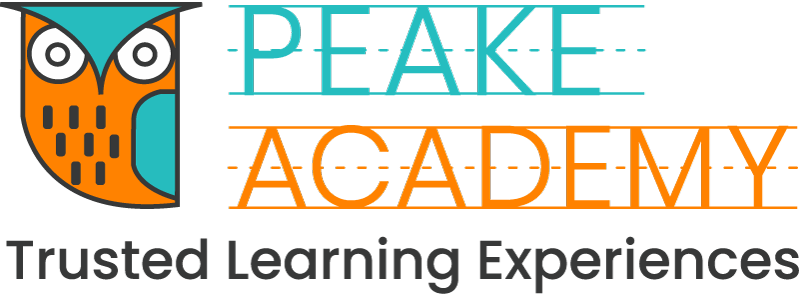Problem-Solving Power: How to Equip Your Preschooler for Kindergarten Success
As your preschooler approaches the exciting transition to kindergarten, one essential skill they'll need to navigate their new world is problem-solving. Whether it's figuring out how to share with classmates, dealing with frustration over a challenging task, or solving simple conflicts, problem-solving is a crucial life skill. But for young children, these challenges can feel overwhelming. Without the right tools and guidance, they may struggle to handle everyday situations, leading to frustration and anxiety. How can you help your preschooler develop these skills in a way that feels natural and supportive? By building problem-solving strategies now, you can empower your child to face the challenges of kindergarten with confidence and independence.
We’ve spent years working with preschoolers, helping them develop the skills they need to thrive, both in the classroom and beyond. One of the most powerful things we can teach young children is how to solve problems independently. That means developing the confidence to face challenges, manage emotions, and work through difficulties in a constructive way. As parents and educators, it’s easy to forget that even the simplest problems can be overwhelming for little ones. With the right guidance, your preschooler will develop the resilience and problem-solving skills that will serve them throughout their school years and beyond.
5 Tips to Help Preschoolers Develop Problem-Solving Skills
Teach Them to Identify the Problem
Helping preschoolers recognize what the problem is lays the foundation for solving it. Encourage your child to pause and think about what’s happening, then help them describe the issue in simple terms.
Example: If your child is upset because they can’t find their toy, ask them, “What are you looking for?” and “What do we need to do to find it?” This teaches them to assess the situation and think about next steps.
Use the Problem-Solving Chart
The Problem-Solving Chart is a fantastic tool for helping preschoolers understand the severity of a problem and the best way to approach it. By categorizing problems from minor to more serious, children can learn to approach each situation with the right mindset.
Example: If your child is frustrated because their shoe is untied, use the chart to help them understand that this is a "1" problem, something they can fix on their own. If they're feeling sad about losing a toy, it might be a "3" problem, where they might need help from you.
Encourage Emotional Regulation
Part of problem-solving is managing emotions. Preschoolers often feel overwhelmed by big feelings, making it hard for them to think clearly. Teach them to identify their emotions and take calming actions before trying to solve the problem.
Example: If your child is angry because their tower of blocks fell, encourage them to take deep breaths or count to ten before they rebuild. By learning to pause and reset, they’re practicing emotional regulation as part of the problem-solving process.
Offer Choices to Foster Independence
Empowering your preschooler to make decisions gives them a sense of control over their challenges. Instead of solving the problem for them, offer simple choices that lead to solutions.
Example: If your child doesn’t want to clean up their toys, offer two choices: “Do you want to clean up the blocks first or the cars?” Giving them options encourages problem-solving while respecting their autonomy.
Celebrate Solutions, Big or Small
Whether your preschooler solves a big problem or a small one, celebrate their effort! Positive reinforcement helps build confidence and shows them that problem-solving is an important skill.
Example: When your child successfully ties their shoes or figures out how to share a toy, celebrate their achievement. A simple “Great job! You figured that out all by yourself!” will encourage them to keep trying and build their problem-solving abilities.
Empowering Your Preschooler for Kindergarten Success
Teaching preschoolers how to solve problems not only prepares them for the challenges they’ll face in kindergarten but also builds the confidence and resilience they'll carry into their future.
By using tools like the Problem-Solving Chart, encouraging emotional regulation, and fostering independence, you’re helping your child develop the life skills that will empower them both in school and in life.
The best part? Problem-solving can be fun and rewarding for both you and your child. So, as you guide them through these challenges, celebrate every step of their growth and watch them become more confident and capable.
Ready to make this summer unforgettable?
Download our FREE Summer Fun Memory-Making Guide to create magical moments with your preschooler all summer long! Packed with simple, fun, and educational activities, this guide will help you build memories that last while supporting your child’s growth.
Free Resource
Thank you for reading this content. And if you loved this post, please be sure to join our Parent Advisor Facebook group where we share more insights and community.
Ready to empower your child? Don't forget to download our FREE Problem-Solving Chart made by Peake Academy Preschool At Home to help guide them through everyday challenges!
Visit our Parent Advisor and The Buzz Blogs to learn more about related topics and parenting tips. You are welcome to join our private Parent Advisor Facebook group. It’s a growing community of parents and preschool teachers where you can learn and share more parenting tips.







